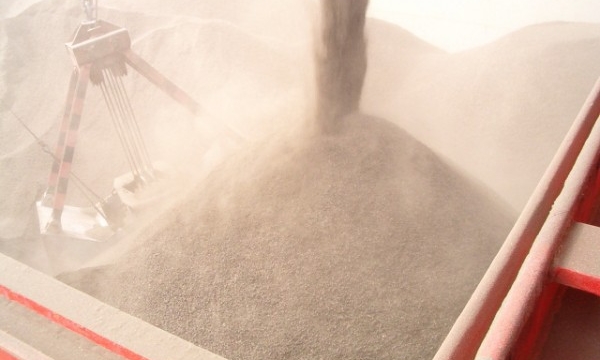Wood pellets: Dust problems
Fines content (percentage of particles with the size below 3,15mm) should not be over 4% at loading port and mechanical durability should be over 97%. This level of mechanical durability and fines content should guarantee that pellets will not create dust problems at loading or unloading.
Mechanical durability of pellets (MD) is checked in accordance with EN 15210-1 standard. Pellets are placed for a certain period of time into a rotating container of a special construction with a certain number of spins per min. After the rotation, the mass percentage of crushed pellets sifting through a sieve of 3,15 mm is calculated. According to the I2 Pellets Specification, the amount of crushed pellets should not exceed 3,0%. It means that minimum 97,0% of the pellets have to stay uncrushed. For I1 pellets, this number is 97,5%, for I3 – it is 96,5%. Mechanical durability is a very sensitive parameter. Pellets with MD even slightly below 97%, for example, 95-96% may already have a tendency to be dusty at loading and unloading and create a bigger number of fines (particles below 3,15mm). MD 99% is typical for EN Plus pellets used for private market. Bulk density (BD) also has a certain influence on the dust formation, but connection between the bulk density and fines content is much less than between the dust content and mechanical durability. BD of the pellets has to be more than 600 kg/m3. It is important to know this parameter in order to calculate a stowage factor of the cargo, which allows to understand what vessel’s hold capacity is required for loading a certain quantity. The higher bulk density, the bigger tonnage may be loaded on board. Every handling of pellets will create an increase of the percentage of dust. That is why it is always better to decrease the number of re-loadings of pellets. During loading of pellets, a so called “soft loading” procedure has to be used. It is not allowed to throw the pellets into a hold from a bigger height. Unloading of the pellets also has to be soft.
Problems with a lot of dust may arise at the loading and unloading ports in a case the port is situated close to the residential area. Dust may also be dangerous for other goods that are located near the vessel with wood pellets (e.g. grains, sugar etc).







